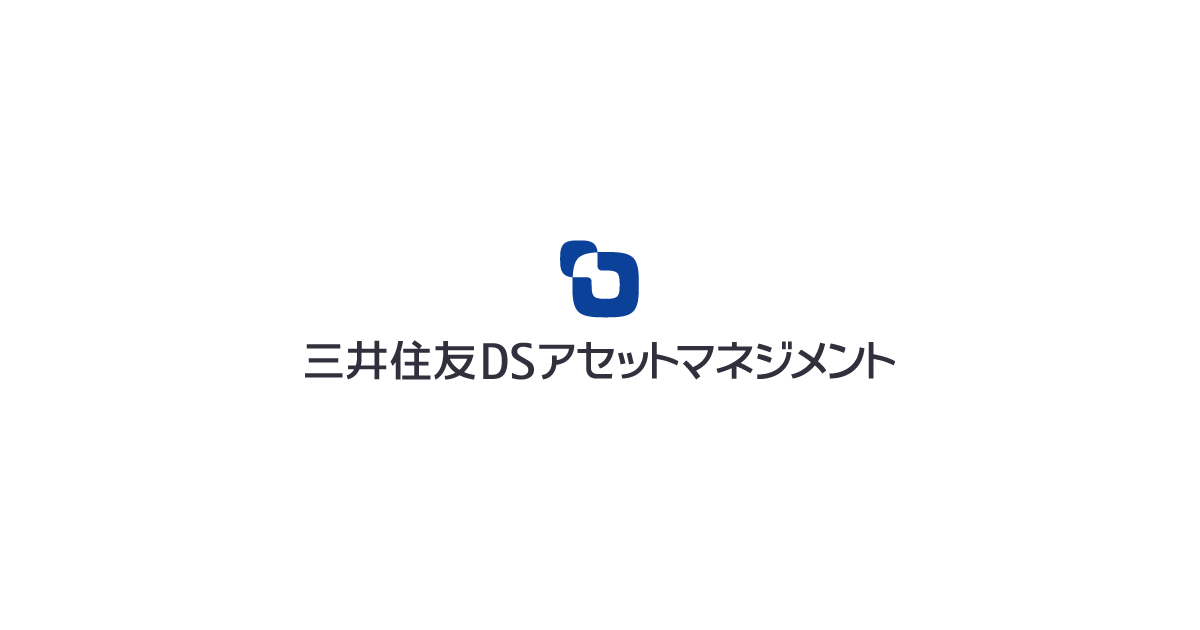- 1 1. Introduction
- 2 2. What is Financial Economy?
- 3 3. What is the Real Economy
- 4 4. Interrelationship between the Financial Economy and the Real Economy
- 5 5. Instability and Risks of Financial and Real Economies
- 6 6. Summary
- 7 7. Frequently Asked Questions (FAQ)
- 7.1 Q1: What is the difference between the financial economy and the real economy?
- 7.2 Q2: How does the instability of the financial economy affect the real economy?
- 7.3 Q3: What impact did the 2023 rate hike have on the Japanese economy?
- 7.4 Q4: How can individual investors prepare for fluctuations in the financial markets?
- 7.5 Q5: Are there indicators that determine whether the financial economy and the real economy are balanced?
- 8 Other reference sites
1. Introduction
In recent years, the impact of fluctuations in financial markets on the real economy has been receiving increasing attention in the global economy. For example, let’s consider how the interest rate hikes associated with 2023’s inflation control measures affected corporate investment activities and consumer purchasing behavior.
Financial economics and the real economy are closely linked and influence each other. However, the mechanisms and relationships between them are often not well understood in general. This article explains the basic concepts of financial economics and the real economy, and delves into their respective roles and interactions in detail.
2. What is Financial Economy?
Overview of Financial Economy
Financial economy refers to economic activities based on transactions in asset markets and financial products. Representative examples include the stock market, bond market, and foreign exchange market. In these markets, capital flows actively, and investment and asset management take place.
Mechanisms and Roles of Financial Economy
Financial economy plays an important role in adjusting the flow of capital throughout the economy and promoting efficient capital allocation. It has functions such as:
- Adjusting the flow of capital
Companies and governments raise funds through financial markets and use them for investment and policy implementation. Financial institutions such as banks and investment funds mediate these funds and allocate capital optimally. - Risk diversification
By using financial products such as stocks and bonds, investors can diversify risk and achieve stable returns. - Adjustment of monetary policy
Central banks aim to stabilize the financial economy through interest rate adjustments and market interventions. For example, lowering interest rates can reduce borrowing costs for businesses and is expected to promote investment.

3. What is the Real Economy
Overview of the Real Economy
The real economy refers to economic activities involving the production, sale, and consumption of goods and services. Specifically, it includes corporate manufacturing activities, the labor market, and consumer purchasing behavior. Economic indicators such as GDP (gross domestic product), employment statistics, and the consumer price index (CPI) serve as important measures of the real economy’s health.
Components of the Real Economy
The real economy is broadly composed of the following three elements.
- Producers (Businesses)
Businesses support economic activity by producing goods and services and supplying them to the market. - Consumers (Households)
Individuals and households consume goods and services provided by businesses, forming the flow of the economy. - Government
The government adjusts economic activity through taxation and fiscal policy, promoting stable growth.
4. Interrelationship between the Financial Economy and the Real Economy
Mechanism of Capital Circulation
The financial economy and the real economy grow while influencing each other. For example, when companies raise funds in the financial market and invest in new equipment and technology, the real economy expands. Conversely, a slowdown in the real economy can impact the financial market and erode investor confidence.
Impact of the 2008 Lehman Shock
During the 2008 Lehman Shock, the collapse of financial markets had a devastating impact on the real economy. Corporate bankruptcies followed, and unemployment rates spiked. This example shows that instability in the financial economy can directly spill over into the real economy.
Impact of the 2023 Interest Rate Hike
Recently, the 2023 interest rate hike by the U.S. Federal Reserve has impacted corporate investment and personal consumption. As rates rise, borrowing costs increase, and corporate capital expenditures and consumer loans tend to be restrained.
5. Instability and Risks of Financial and Real Economies
Causes of Instability
When the balance between the financial economy and the real economy breaks down, the risk of bubbles and recessions increases. The main factors are as follows.
- Occurrence of financial bubbles
Speculative trading can become overheated, leading to market prices that are detached from the real economy. - External shocks
External factors such as war, natural disasters, and pandemics can have a significant impact on financial markets and the real economy. - Delay in monetary policy
If the central bank’s monetary policy does not function properly, inflation may progress excessively, or conversely, deflation may worsen. Delays in policy can also cause turmoil in financial markets.
Methods of Risk Management
Governments and companies take the following measures to manage risk.
1. Government Measures
- Adjustment of monetary policy: To stabilize financial markets, the central bank lowers interest rates or adjusts liquidity supply.
- Fiscal stimulus through fiscal policy: The government implements public investment and tax cuts to stimulate economic activity.
2. Corporate Risk Management Strategies
- Implementation of diversification: Companies reduce risk by investing in multiple markets and assets, making them less susceptible to specific market impacts.
- Utilization of hedging strategies: Companies use derivative trading and other tools to mitigate market risk.
6. Summary
Financial markets and the real economy grow together, influencing each other, and at times their relationship can be unstable. Without proper monetary policy and risk management, the risk of a financial crisis or recession rises. Therefore, individuals, businesses, and governments must make sound decisions from their respective perspectives.
Concrete Actions for Readers
- When investing, consider not only financial market trends but also real‑economy indicators (e.g., GDP growth rate, employment data).
- Diversify your investments for risk management and avoid excessive dependence on a single market.
- Pay attention to policy changes by central banks and governments, using them as material for asset‑management decisions.
7. Frequently Asked Questions (FAQ)
Q1: What is the difference between the financial economy and the real economy?
A: The financial economy refers to economic activity through transactions in asset markets and financial products, while the real economy refers to activities related to the production and consumption of goods and services. In simple terms, the financial economy represents the “flow of money,” and the real economy represents the “flow of goods and services.”
Q2: How does the instability of the financial economy affect the real economy?
A: When financial markets become unstable, companies find it difficult to raise capital, leading to reduced capital investment and employment. As a result, consumer purchasing power declines, and the real economy may also slump.
Q3: What impact did the 2023 rate hike have on the Japanese economy?
A: The U.S. Federal Reserve’s rate hike in 2023 caused the Japanese yen to temporarily weaken, raising import costs. This led to higher prices and concerns that consumer purchasing power would decline.
Q4: How can individual investors prepare for fluctuations in the financial markets?
A: It is important to diversify your assets and avoid relying on a single market or asset. Additionally, staying informed about economic news and preparing to respond to changes in interest rates and policy is also crucial.
Q5: Are there indicators that determine whether the financial economy and the real economy are balanced?
A: GDP growth rate, unemployment rate, consumer price index (CPI), and stock market indices (TOPIX and S&P500) are representative indicators used to evaluate the balance between the financial economy and the real economy.













